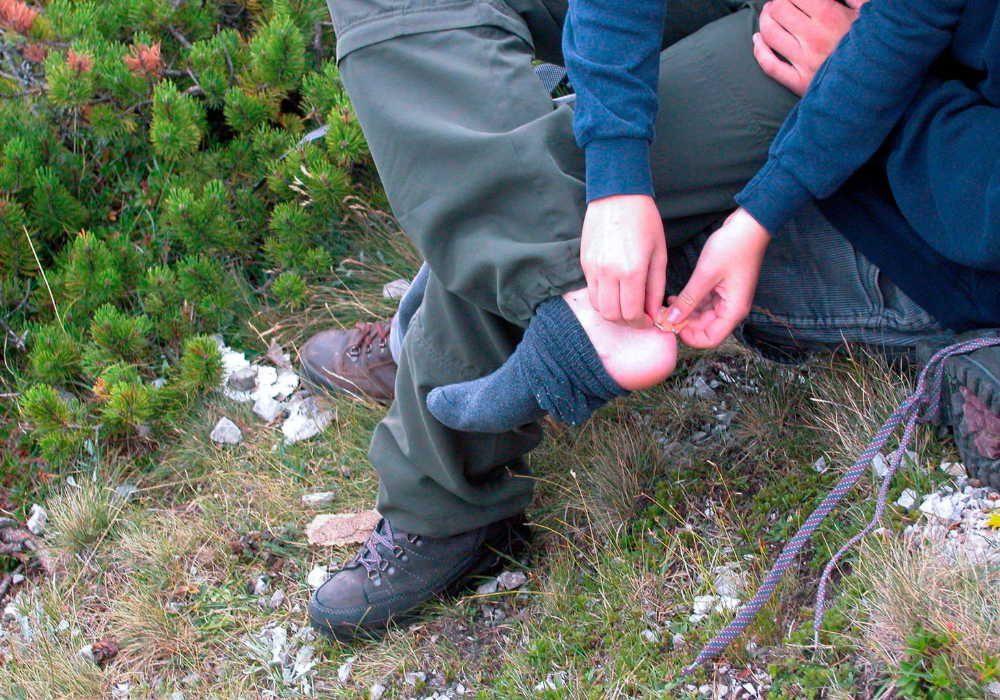
10 Tips for How to Prevent Blisters While Hiking
Estimated reading time: 8 minutes
You should always do your best to prevent blisters while hiking.
Blisters are one of the most common injuries hikers experience while out on the trail.
These fluid-filled bubbles form on our skin, usually on our feet, because of heat, pressure, and moisture.
Ill-fitting socks or shoes, dirt or sand trapped inside your shoe, or sweaty socks on a hot day can all cause your feet to form blisters.
Blisters can become painful enough to make you cancel your hike and go home.
So what’s the best thing you can do against blisters?
You prevent them.
Table of Contents
Stop Blisters from Stopping You
As always, prevention is better than cure.
Thinking ahead and taking certain precautions will keep your tootsies blister-free and happy.
And if you’re new to hiking, we’ve answered all of your hiking questions here.
Here are our top 10 tips for how you can prevent blisters while hiking:
1. Inspect Your Shoes

Your shoes are the primary culprit when it comes to foot blisters. Take a closer look at your hiking shoes and feel how they make contact with the different parts of your feet.
Are there certain spots that seem to put pressure on just a small area or part of your feet? Do certain parts of the shoe rub against or squeeze your feet?
Finding the right hiking shoe can make all the difference. Just remember that new shoes will take some time to break in and you will get blisters as your feet adjust.
2. Check Your Socks
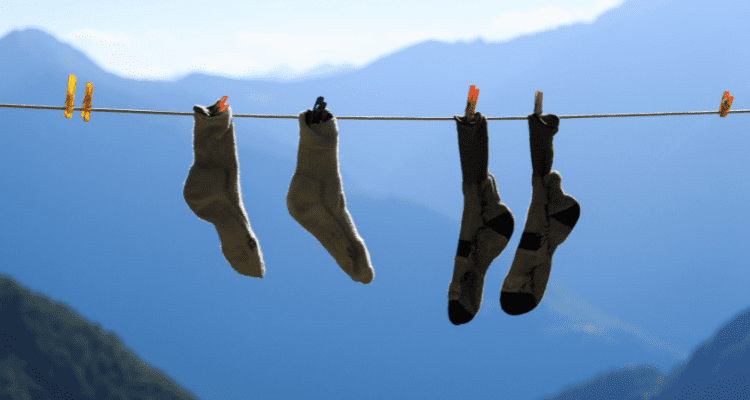
Now that your hiking shoes are in order, it’s time to assess your hiking socks.
What material are they made of?
While cotton socks may seem comfortable when dry, they tend to soak up and retain sweat on the surface of your skin. Instead, go for sweat-wicking, non-cotton socks.
If you don’t mind spending a little more to prevent blisters, buy liner socks or double up your socks before going on any activity that you know can induce blisters.
That way, the first layer soaks up moisture while the second one provides extra padding.
While on the trail, be wary when your socks get wet. Change them when they do. You can even change them while halfway through your hike just to be sure.
3. Keep Your Feet Dry
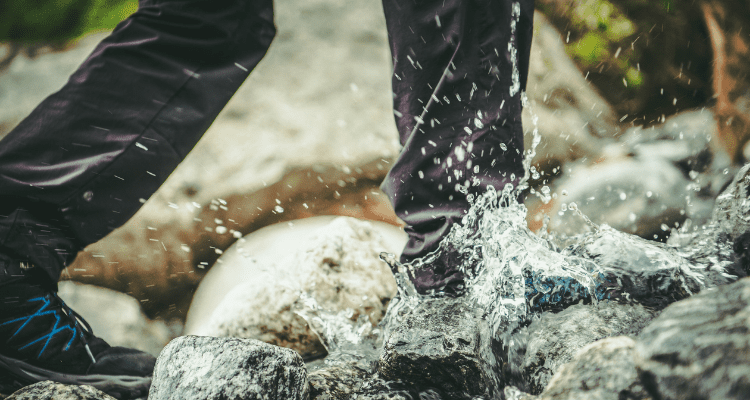
One of the easiest ways to ensure you will get blisters while hiking, is to hike with wet feet.
If you have particularly sweaty feet, changing your socks regularly may not be enough.
You may want to sprinkle the insides of your shoes and socks with talcum powder or cornstarch. This will wick away sweat and moisture even more.
If you’re planning on a prolonged hike, you may want to stop a few times to add more powder into your socks and shoes. Likewise, wipe your feet off and add more powder when water from the trail enters your shoes and soaks your feet.
This will make sure your feet stay dry and blister-free until the end of your trip.
4. Keep Your Feet Clean
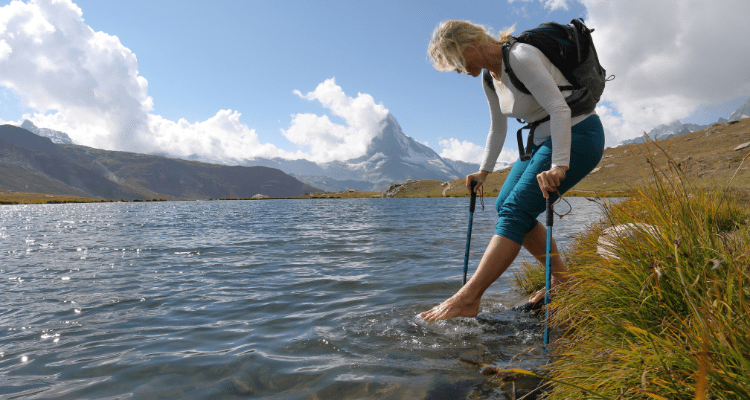
Keeping your feet clean is as crucial to preventing blisters as keeping them dry. Clean feet means you avoid chafing on sand, dirt, and other debris which reduces the chances of getting blisters.
While on the trail, keep a lookout for cool flowing water so you can rinse your feet thoroughly.
In camp, make sure to clean your feet at the end of the day. Helping your skin recuperate is especially important if you’ve been hiking all day in wet conditions.
Utilize these 8 Tips to Stay Clean While Camping.
5. Observe Your Feet While Hiking

While hiking, make sure you observe how your feet are feeling.
Stop immediately the moment you pain or discomfort in your feet when hiking. Take some time to take off your shoes and observe your feet.
While this may take some time and can be annoying when everything has been going smoothly, taking a moment to observe your feet lets you prevent blisters from fully forming and causing you more pain down the line.
Here are 7 ways to Treat Common Long-Trail Aches & Pains While Hiking.
6. Adapt to the Terrain

Sometimes the terrain dictates how your feet feel while hiking. While you can’t exactly bring a selection of different hiking shoes with you, you can adjust your shoelaces to keep your feet in good shape and blister-free.
On regular terrain, you can get away with having your shoelaces looser. This lets your feet swell and feel more comfortable.
However:
On extended descents through steep slopes, you may want to tighten your shoelaces at the instep. The instep is where your ankle meets your foot. This keeps your toes from making contact with the front of your shoes, thereby, preventing blisters.
7. Air Out Your Feet
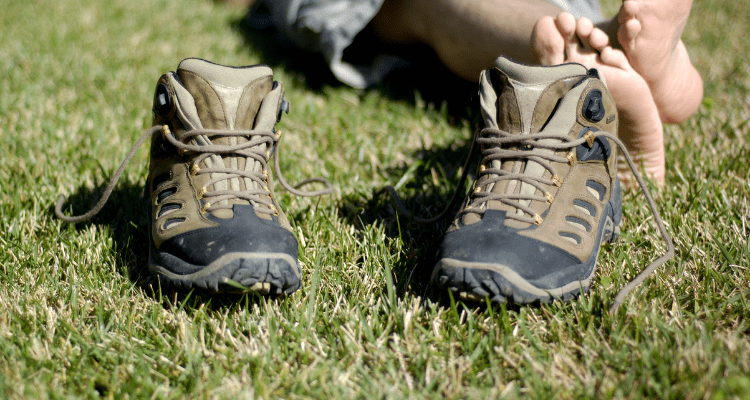
Letting your feet breathe every once in a while can do wonders for preventing blisters while hiking.
Whenever you take a break on the trail, take some time to pull off your shoes and socks and let your feet breathe. The open-air not only helps cool your feet but dries out your socks and the inside of your shoes.
You can also elevate your feet on a rock, a log, or your pack. This alleviates the swelling and speeds up recovery. You can take this time to wash or clean out your socks and shoes.
8. Get Some Padding
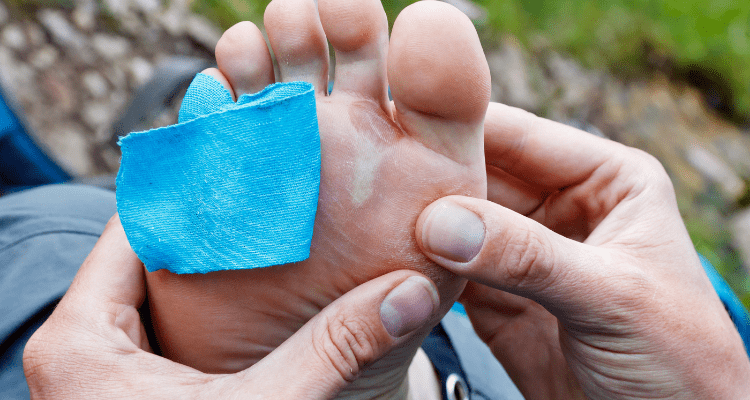
If you’ve had foot blisters before, you may want to add some padding to your feet.
Don’t just add padding willy-nilly, though. Instead, look for spots that are prone to blisters and add padding there.
Products like Moleskin, blister pads, or bandages can be used for this purpose. Do note that not all padding materials stay put for the duration of your hike. You might need to do some trial and error before you find the right material for you.
9. Lubricate Your Skin
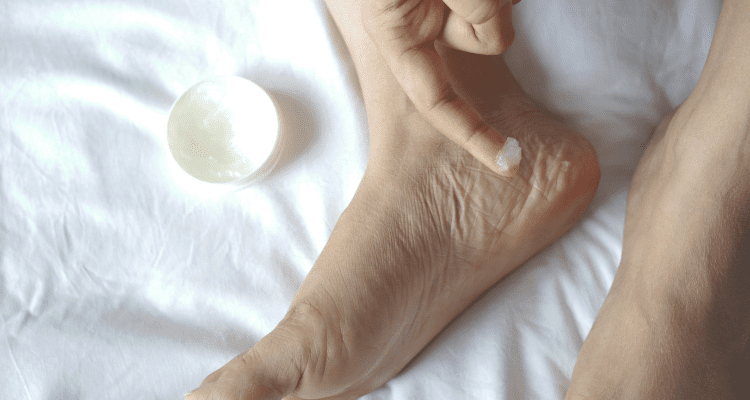
Another cause of blisters is friction. The repetitive rubbing of your skin on certain parts of your shoe will form blisters despite being completely dry and clean.
If your feet develop friction blisters no matter what shoes and socks you wear, you may want to lubricate your feet before you go on your next hike.
You can use petroleum jelly or runner’s lubricants specifically on blister-prone spots on your feet.
This lets your skin slide off the shoe surface rather than rub and form a blister.
While taking a break on the trail, look for spots on your feet that have turned red and feel raw. Add some lubricant, like an antibiotic ointment, on those spots to prevent them from turning into blisters.
10. Take Care of Your Feet
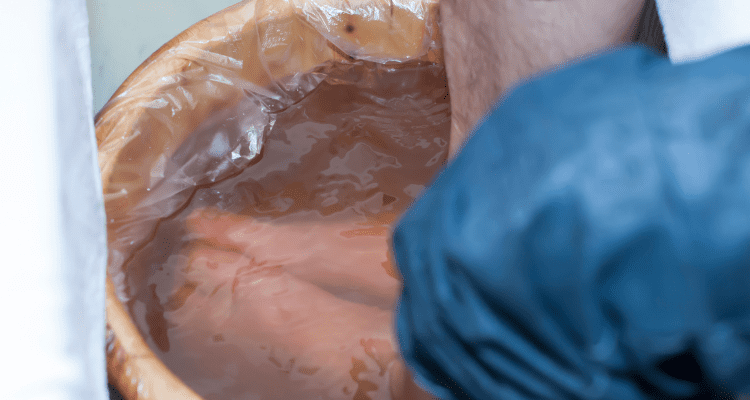
One of the best ways to prevent blisters on the trail is to take care of your feet at home.
Keep your skin supple and healthy by moisturizing them with lotion or coconut oil. Avoid the temptation to cut or rub away your callouses as they help defend against blisters.
Keep your toenails trimmed and neat, free from sharp edges and points. This prevents your feet from deforming while inside your shoe.
More Adventure Related Reading:
9 Benefits of Training For A Hiking Trip
9 Helpful Tips for Hiking in the Desert
10 Tips for How to Protect Yourself from Mosquitoes & Ticks While Hiking
An Adventurers Top 20 Essential Travel Items
Like This Article On Helpful Tips for Hiking in the Desert?
Please consider sharing Gettr & Telegram & Twitter.
To your next adventure!
-David
-Team AdventureHacks


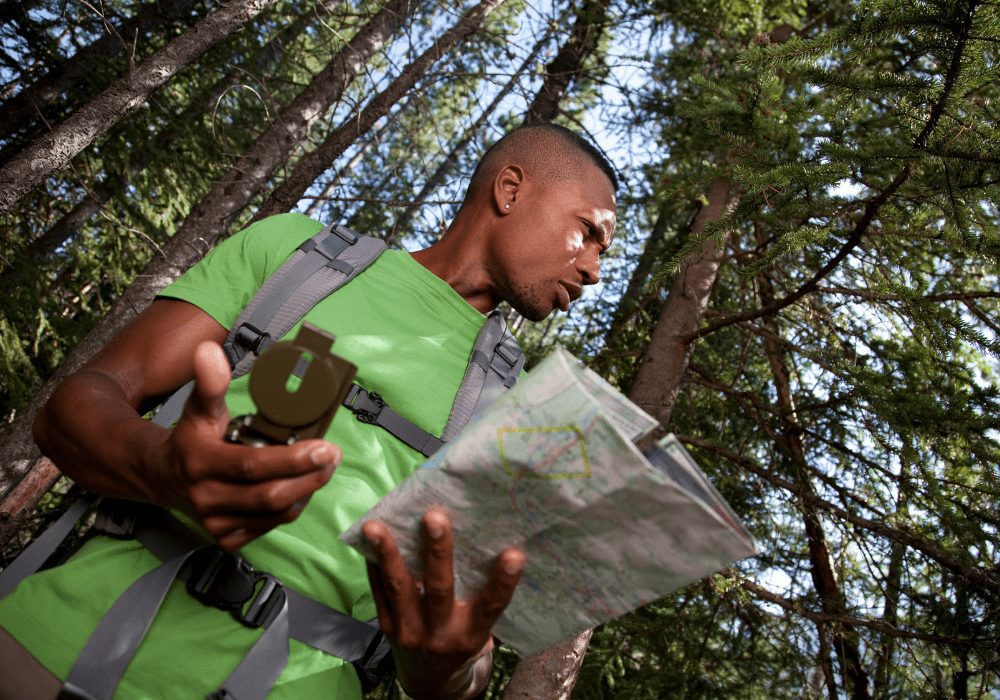
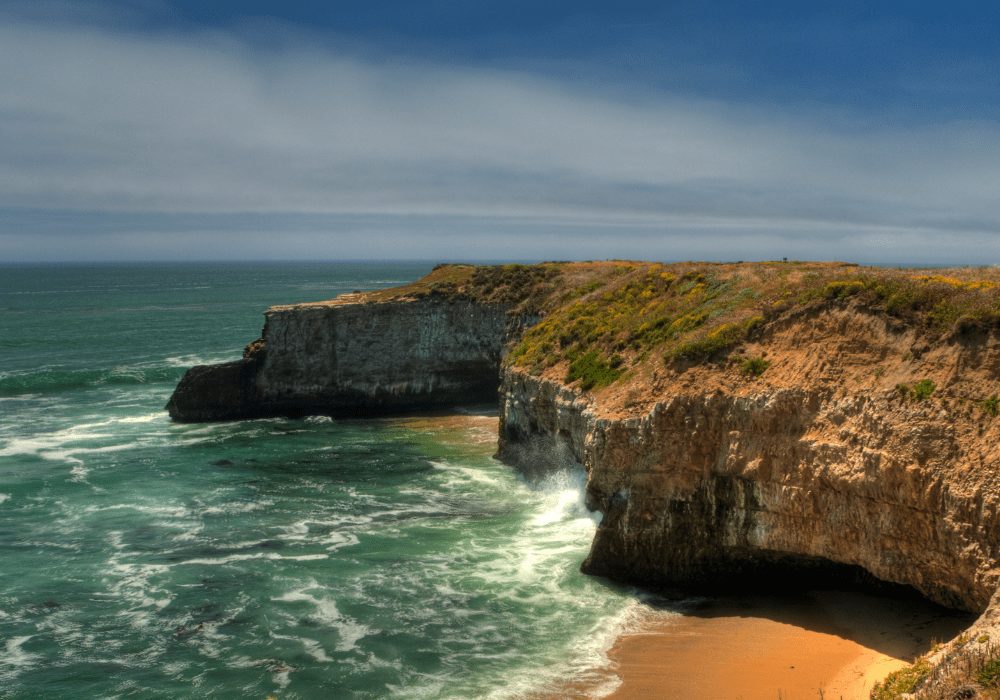
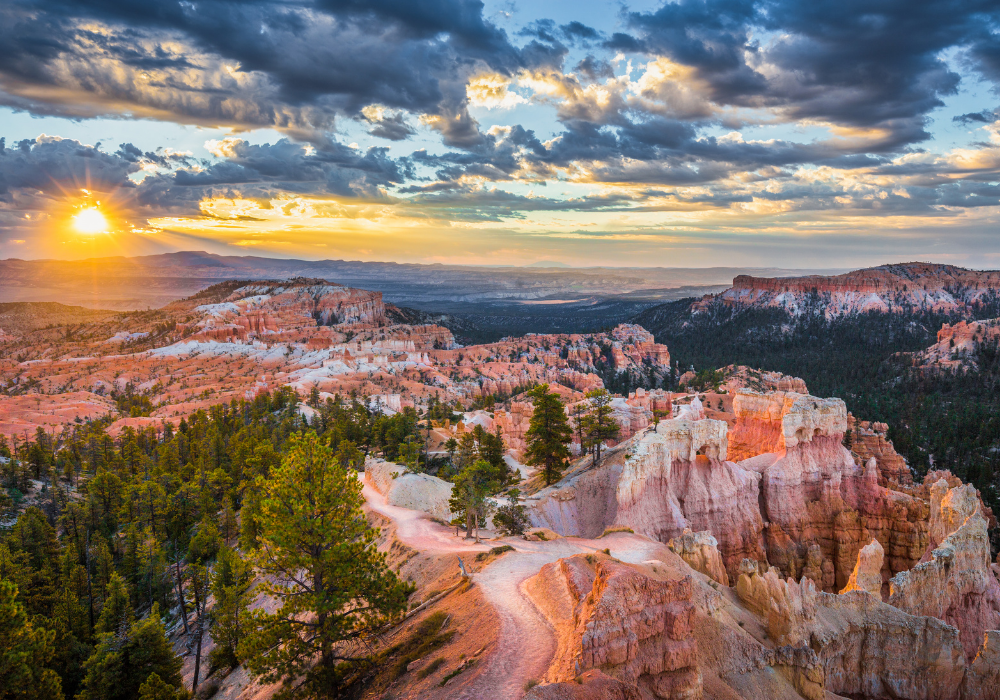
Pingback: 8 Tips for How to Care for a Sleeping Bag After Use - AdventureHacks
Pingback: Day Hiking Checklist - AdventureHacks